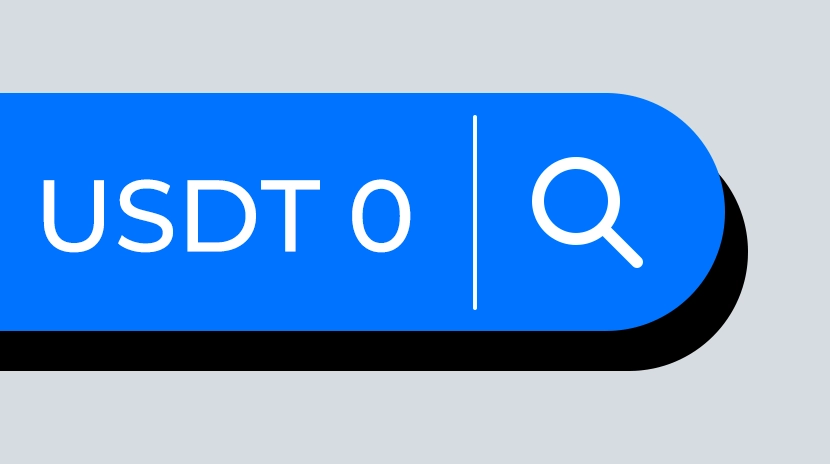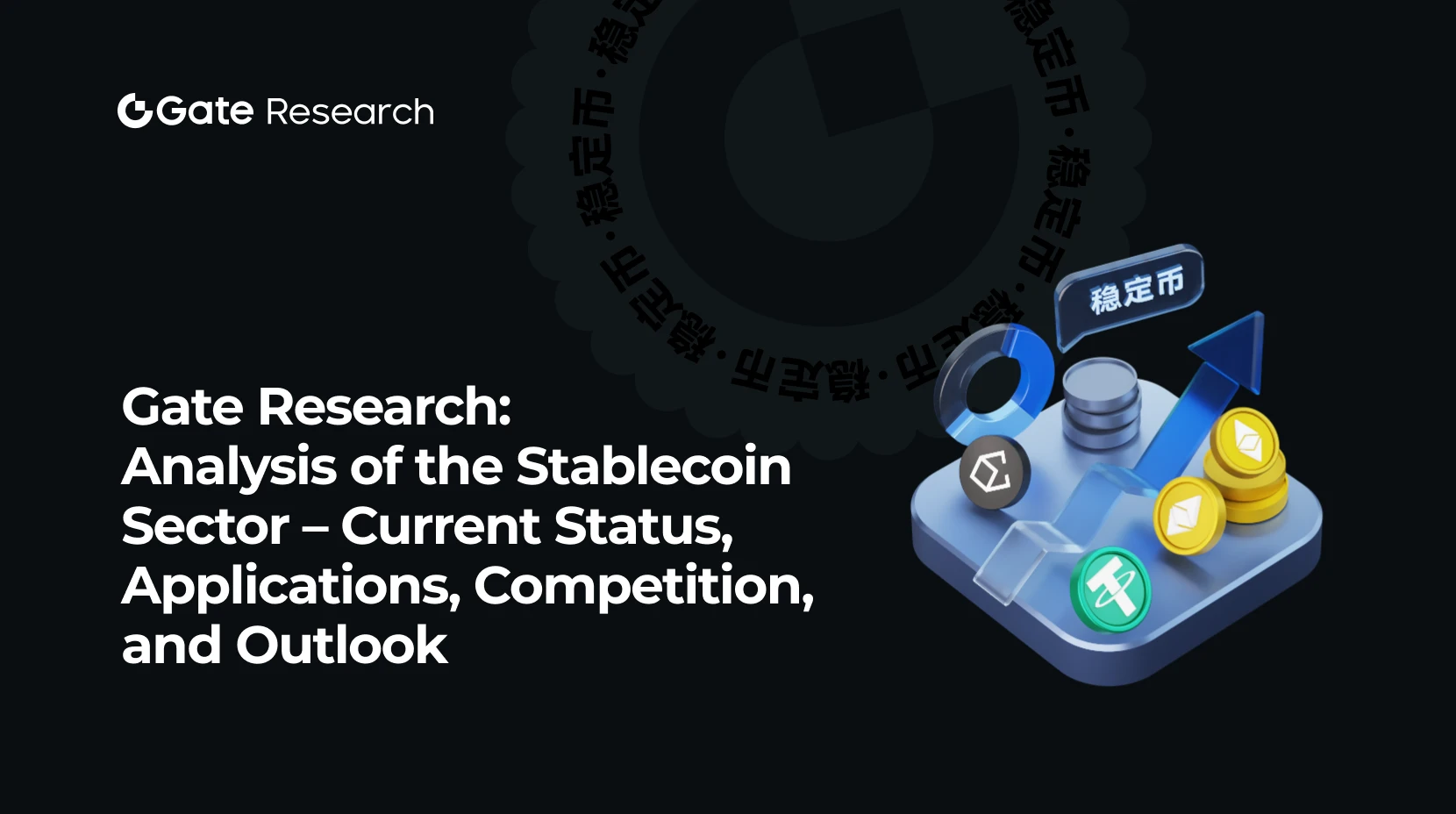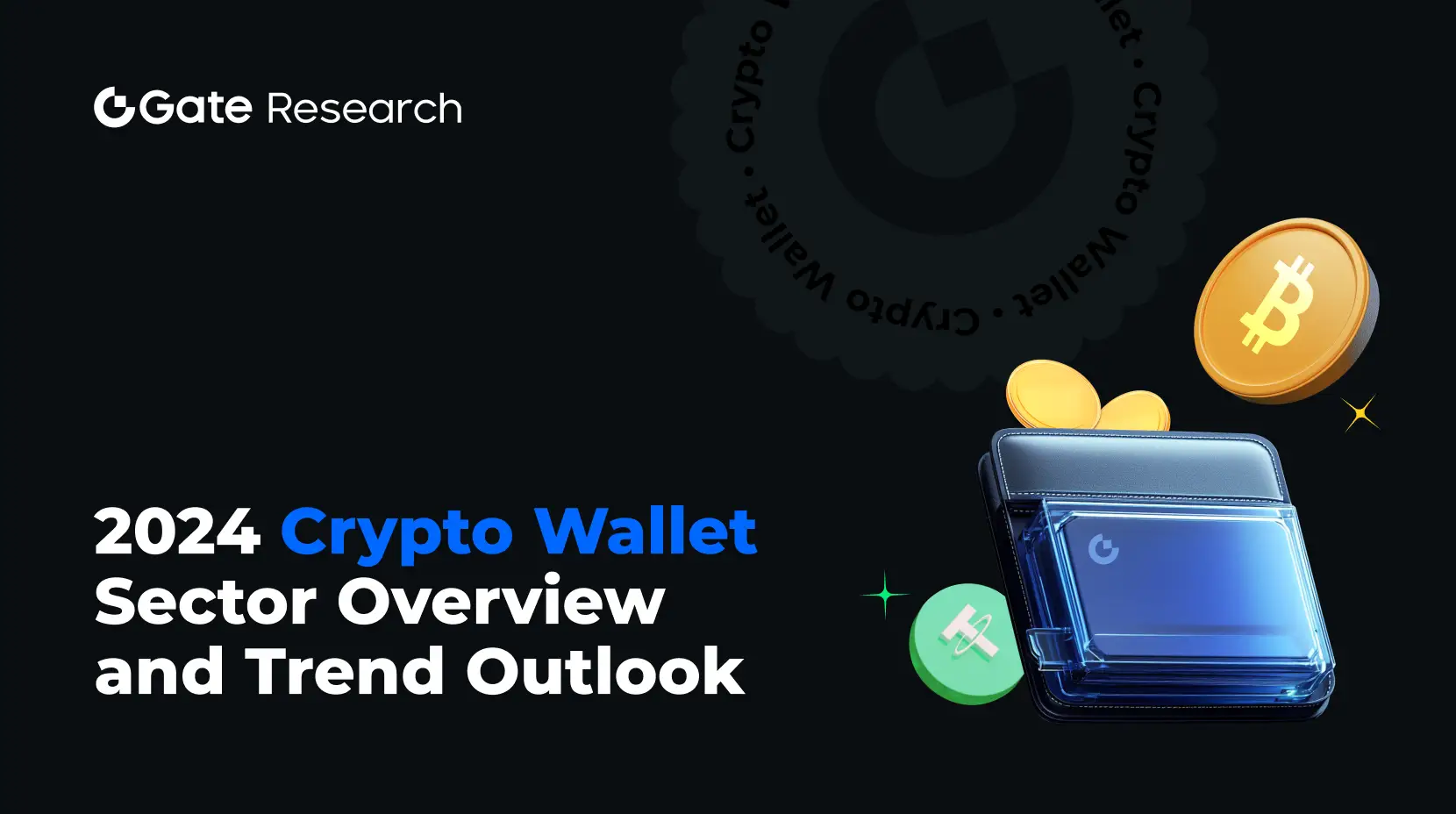Огляд платформ оплати Web3
Переваги платежів у Web3
Захист даних: Використовуючи незмінність технології блокчейн, платежі Web3 забезпечують прозорі та неухильні записи транзакцій.
Миттєве врегулювання: завдяки розумним контрактам, вбудованим в платформи, такі як PayFi, складні фінансові операції можуть бути автоматизовані та врегульовані в реальному часі. На відміну від традиційних платіжних систем, які займають дні або тижні, платформи Web3 дозволяють переказ коштів протягом кількох хвилин або секунд. Це значно економить час для користувачів, які беруть участь у великобагатовахових або міжнародних транзакціях.
Зниження витрат: Традиційні банки часто беруть близько 6% за міжнародні транзакції, що може бути надзвичайно дорогим для великомасштабних переказів. Системи оплати Web3 зменшують комісійні до приблизно 0,1%. Це особливо вигідно для випадків використання на міжнародному рівні.
Прозорість: Транзакції на платформах оплати Web3 є прозорими та загальнодоступними. Кожна транзакція записується в децентралізованому, незмінному реєстрі, доступному для будь-кого.
Часова лінія розвитку платежів Web3
2018: Alchemy Pay is founded, becoming one of the world’s first gateways bridging crypto and traditional finance.
2020: Crypto.com запускає свою картку Visa та вносить криптовалютні платежі в реальні сценарії витрат.
2021: MoonPay raises over $500 million, which significantly boosts the global influence of crypto payments.
2022: Visa оголошує підтримку легальних криптокарток та партнерства з постачальниками, такими як Crypto.com та Binance Card.
2023: Gnosis Pay запускає блокчейн-базову дебетову картку Visa в Європі. Вона інтегрує Gnosis Chain, щоб привести on-chain платежі в офлайн середовище.
2023: Концепція PayFi починає обговорюватися в узагальнених дискусіях. Вона акцентується на злитті платіжної інфраструктури та фінансових утиліт.
2024: Фонд Solana офіційно вводить наратив PayFi (Payment Finance).
2024: Криптовалютні платежі стрімко зростають у регіонах, таких як Латинська Америка та Африка, через девальвацію місцевої валюти, що позиціонує криптовалюту як альтернативне фінансове рішення.
Аналіз провідних платіжних проєктів
Платіжні шлюзи
Alchemy Pay
Alchemy Pay - це гібридний крипто-фіатовий платіжний шлюз, який забезпечує безперервне з'єднання між блокчейн-активами та традиційною фінансовою сферою. Він підтримує широкий спектр способів оплати, включаючи Visa, Mastercard, місцеві платіжні рейки, веб-банкінг Web3 та навіть оформлення NFT.
Заснований у 2018 році, Alchemy Pay був співзаснований Шоном Ші, управляючим партнером Oak Grove Ventures та колишнім віце-президентом технологій у ZhongAn Insurance, а також колишнім маркетинговим менеджером у Qihoo 360. Основний колектив має глибоку експертизу з компаній, таких як PayPal, Google Pay та Mastercard. У 2023 році Alchemy Pay залучив $10 мільйонів за оцінкою $400 мільйонів у раунді, який очолив DWF Labs, з підтримкою Cryptogram Ventures, Cipholio Ventures, Binance Labs та інших відомих інвесторів.

Ключові переваги (Джерело)
З технічної точки зору, Alchemy Pay використовує гібридну архітектуру, яка об'єднує блокчейн-платежі з традиційними фінансовими мережами. Це забезпечує сумісність з Visa, Mastercard та різними місцевими платіжними системами. У той час як традиційні платіжні мережі стягують комісію за транзакції в розмірі 3–11%, система розрахунків за смарт-контрактами Alchemy Pay знижує цей показник приблизно до 1%, одночасно підвищуючи ефективність і скорочуючи типовий час розрахунків з 1–2 тижнів до одного дня. Alchemy Pay також пропонує ряд POS-терміналів з автономною функціональністю, що дозволяє підприємствам працювати, не вимагаючи постійного підключення до Інтернету. Крім того, дотримання правил платежів у багатьох юрисдикціях зміцнює його конкурентоспроможність у глобальному масштабі.
Alchemy Pay представила токен $ACH в 2019 році з загальним обсягом випуску 10 мільярдів. Токен стимулює використання, винагороджує участь та підвищує ліквідність. $ACH може бути використаний для сплати мережевих комісій та участі в стейкінгу. Всі підприємства, що працюють з Alchemy Pay, повинні придбати та вкласти токени $ACH у пропорції до їх обсягу транзакцій. Це забезпечує безпеку мережі та запобігає шахрайській діяльності.
Moon Pay
Заснований у 2019 році, MoonPay спеціалізується на купівлі криптовалют та платіжній інфраструктурі. Так само як Alchemy Pay, він підтримує як функціональність входу, так і виходу, дозволяючи користувачам купувати криптовалюту за допомогою різних методів, таких як кредитні картки, банківські перекази, Apple Pay та SEPA. MoonPay підтримує понад 170 криптовалют та NFT та включає вбудований гаманець, що дозволяє користувачам завершувати операції, не залишаючи додаток.
На сьогодні MoonPay підтримує 170+ цифрових активів і працює в 180 країнах. Він обробив понад 8 мільярдів доларів у транзакціях і володіє понад 3 мільйонами зареєстрованих облікових записів.

Офіційні дані від MoonPay (Джерело:MoonPay)
У 2021 році MoonPay привлекла $555 мільйонів у раунді серії A під керівництвом Tiger Global та Coatue Management, що підняло її оцінку до $3.4 мільярдів. Paradigm, Thrive Capital, NEA, Blossom Capital та інші взяли участь у раунді.
У 2022 році MoonPay забезпечив додаткові $87 мільйонів від високопрофільних інвесторів, включаючи Palm Tree Crew Crypto, Sound Ventures, Mantis VC, Time Ventures, K5 Global, Marcy Venture Partners та Connect Ventures (підтримується CAA).
Основні переваги
Широка інтеграція: MoonPay інтегрує ліквідність з провідних бірж, включаючи Coinbase, Binance, Bittrex, Bitstamp, OKX, KuCoin та Bequant. Вона також має вбудовані механізми KYC, AML та захист від шахрайства, щоб запобігти відкликанню платежів та зловживанню.
Надійність безпеки: Використовуючи передове шифрування, MoonPay захищає дані користувачів та інформацію про платежі. Як рішення для гаманця без депонування, воно надає користувачам повний контроль над їхніми цифровими активами, значно знижуючи ризики депонування.
Спрощена перевірка особистості: MoonPay пропонує ефективний процес KYC. Користувачам, як правило, потрібно лише завантажити дійсний ідентифікаційний документ для проходження верифікації, хоча у деяких випадках може знадобитися додатковий час. Цей дружній до користувача підхід ідеально підходить для новачків, які вперше вступають у криптосферу.
Позика
Фінанси Huma
Huma Finance позиціонує себе як першу в світі мережу PayFi. Вона пропонує фінансові рішення для глобальних платежів через послуги незабезпечених кредитів та надає ліцензованим фінансовим установам ліквідність на вимогу для миттєвого здійснення міжнародних платежів. Заснований в 2022 році, основна команда Huma складається з ветеранів Google, Meta, Coinbase та Intrepid Ventures, які мають глибоку експертизу у галузі блокчейну та фінансів.

Фінансування Humа Finance (джерело:https://blog.huma.finance/)
У 2023 році Huma Finance забезпечила $8.3 мільйона фінансування в раунді заснування, очолюваному Race Capital та Distributed Global, з участю ParaFi Capital, Robot Ventures, Circle Ventures та Folius Ventures. У 2024 році компанія залучила додаткові $38 мільйонів у раунді під керівництвом Distributed Global, з підтримкою HashKey Capital, Folius Ventures, Stellar Development Foundation та TIBAS Ventures (CVC-підрозділ найбільшого приватного банку Туреччини Ішбанк).
Ключові переваги фінансів Huma
Глобальне кредитування: Huma ґрунтується на моделі кредитування, що базується на доходах, яка дозволяє користувачам отримувати кредити без застави, а замість цього використовувати свої доходи.
Модулярна архітектура: З відкритою, модульною та децентралізованою структурою Huma забезпечує композиційні рішення для всіх учасників в безпечному середовищі.
Активи реального світу (RWA): Поєднуючи RWA, платежі та DeFi, Huma забезпечує більш ефективну та доступну мережу в порівнянні з традиційними альтернативами. Це дозволяє миттєве вирішення активів реального світу на ланцюгу блоків, що забезпечує швидкість та прозорість у операціях.
Приватність
Privasea
Privasea - це проект AI + DePIN, спрямований на захист конфіденційності в платежах Web3. Він використовує передові технології обчислення конфіденційності для захисту даних користувача, зокрема Повністю Гомоморфне Шифрування (FHE) - прорив, який дозволяє обчислення на зашифрованих даних з результатами, ідентичними тим, які генеруються на звичайному тексті. Privasea забезпечує, що чутлива інформація залишається захищеною, особливо під час процесів машинного навчання.
Материнський токен Privasea, $PRVA, має загальний обсяг 1 мільярд. Токен наразі не випущений і очікується, що він буде запущений у першому півріччі 2025 року.

Фінансування Privasea (Джерело:https://www.privasea.ai/blog)
Засновницький колектив Privasea включає колишніх інженерів IBM та Microsoft, а також експертів з безпеки блокчейну. Її засновник і генеральний директор Девід Джао раніше працював генеральним директором NuLink і був системним архітектором у Volvo Cars. У 2024 році Privasea залучила $5 мільйонів у раунді збору початкового капіталу з підтримкою від Gate Labs, DuckDAO та YZi Labs. Того ж року вона забезпечила додаткові інвестиції від OKX Ventures та Oasis Labs (не розголошена сума). У січні Privasea закрила раунд серії A на суму $15 мільйонів за оцінкою в $180 мільйонів, з участю GSR, Amber та Echo.
Основні переваги Privasea
Повністю гомоморфне шифрування (FHE): У основі Privasea знаходиться FHE, революційний метод шифрування, який дозволяє прямі обчислення на зашифрованих даних без розкриття сировинних даних. У той час як традиційні системи вимагають розшифрування перед обробкою, що загрожує витоком даних, FHE зберігає кінцеве шифрування, лише кінцеві результати розшифровуються. Це критично важливо для галузей, таких як охорона здоров'я та право, де конфіденційність має вирішальне значення.
Мережа Privanetix: Privasea забезпечує роботу своєї ШІ через Privanetix - високомасштабну розподілену обчислювальну мережу, що складається з кількох вузлів, здатних до FHE. Ці вузли обробляють зашифровані дані безпечно, підвищуючи масштабованість мережі, ефективність та захист від зловмисників.
RWA
Sphere Pay
Sphere Pay - це інфраструктура наступного покоління для децентралізованих платежів, що спрямована на блокчейн-платежі та розрахунки. Спеціально розроблений для операцій з цифровими валютами, його API пропонує всеукраїнське рішення, яке з'єднує користувачів зі стабільними монетами та оптимізує комерцію на основі стабільних монет. Sphere надає повний набір інструментів для здійснення грошових переказів через Інтернет. Він підтримує різноманітні способи оплати, включаючи кредитні картки, банківські перекази, ACH та мультичейн стабільні монети. Платформа також інтегрує засоби відповідності, обліку та оподаткування для забезпечення безпечних та прозорих потоків коштів. З моменту свого створення Sphere партнерує з провідними компаніями Web3, такими як Helium, Latitude.sh, Squads, DRiP та Helius.
Sphere виникла з глобального хакатону, спрямованого на платежі. Співзасновники Арнольд Лі та Луїджі Чарльз познайомилися 2015 року, навчаючись в Колумбійському університеті. Обидва особисто відчули фінансову нестійкість, тому вони стали близькими друзями та співпрацівниками з програмним забезпеченням. Арнольд Лі є генеральним директором та має досвід у програмній інженерії. Анхель Херрера, головний стратег Sphere, - це серійний підприємець та ранній прихильник Solana. Він співзасновник Duffl та Lancer.so.
Sphere Pay знаходиться на ранньому етапі розвитку. У 2024 році воно залучило 2,8 мільйона доларів у підсумковому раунді, очолюваному TCG Crypto та Jump Crypto, з участю Solana Ventures, Republic Capital, Раджа Гокала, Трістана Івера та інших відомих інвесторів. Того ж року, у грудні, Sphere Pay отримало стратегічну інвестицію в розмірі 5 мільйонів доларів, очолювану Coinbase Ventures та Kraken Ventures, приєднавшись Pyth Network, Anagram, Anza, Temporal, Джо Макканн, Ребекку Реттіг, Жоао Реджінатто та інші.

Сайт Sphere Pay (Джерело:https://spherepay.co/uk)
Основні переваги Sphere Pay
Sphere API: Sphere API дозволяє розробникам легко створювати безпечні та ефективні платіжні системи. Він відповідає принципам REST та підтримує транспортування через HTTPS, базову аутентифікацію та обмін даними на основі JSON. Розробники можуть використовувати інтегровану банківську та криптовалютну інфраструктуру Sphere для безшовного розгортання.
Швидкі та економічні транзакції: Sphere пропонує одні з найнижчих комісій на ринку, стягуючи лише фактичні витрати на мережу без націнок. Вона підтримує миттєве здійснення розрахунків, з часом транзакцій від секунд до хвилин. Sphere наразі дозволяє проведення платежів у понад 120 країнах, підтримуючи Visa, Mastercard, American Express, Discover, місцеві банківські перекази та внутрішні/міжнародні банківські перекази.
Набір розробника: Sphere надає повноцінний набір платежів, який можна інтегрувати за кілька хвилин через один API або безкодову панель управління. Він включає в себе інструменти верхнього рівня для виконання вимог, обліку, аналітики та робочих процесів розробника. Його зрозумілий, інтуїтивний SDK дозволяє розробникам зосередитися на масштабуванні свого бізнесу, поки Sphere робить аудити розумних контрактів, оркеструє міжланцюжковий процес та вирішує всі технічні, оперативні та вимоги до виконання. Це забезпечує безпечний та ефективний процес оплати.
Visa Card
Карта Crypto.com Visa
Карта Crypto.com Visa (зазвичай називається картою CRO Visa) - це криптовалютна дебетова карта, запущена біржею Crypto.com, і залишається однією з найбільш відомих металевих карт на ринку. Власники картки користуються нульовими щорічними внесками і можуть використовувати картку на понад 40 мільйонах POS-терміналів та безлічі онлайн-торговців у всьому світі. Карта доступна в п'яти рівнях, кожен з яких вимагає різного рівня утримання токенів CRO та стейкінгу. Вони пропонують різні рівні переваг. Однією з ключових функцій є можливість власників карток знімати гроші з міжнародних банкоматів та конвертувати криптовалюту в місцеву фіатну валюту за ринковими обмінними курсами - що особливо підходить для частих мандрівників та віддалених робітників.
Crypto.com має штаб-квартиру в Сінгапурі й обслуговує понад 140 мільйонів користувачів по всьому світу. Компанія також створює блокчейн Cronos. Її співзасновник та генеральний директор Кріс Маршалек - досвідчений підприємець, який раніше керував кількома компаніями, досягаючи більше 100 мільйонів доларів обороту. Він працював генеральним директором компанії Ensogo і був засновником BEECRAZY, яку він продав за 21 мільйон доларів групі iBuy у 2013 році. Співзасновник та фінансовий директор Рафаель Мело має 15 років фінансового досвіду і раніше займав посаду фінансового директора в Ensogo. Вони отримали стратегічні інвестиції від VIPSHOP (NYSE: VIPS) та залучили понад 50 мільйонів австралійських доларів від фірм з високою репутацією, як Fidelity, Goldman Sachs та BlackRock. У 2017 році Crypto.com привласнила 25 мільйонів доларів через ICO.

Рівні карт (Джерело:Карти Crypto.com)
На відміну від традиційних кредитних карток, карта Crypto.com Visa побудована з урахуванням криптовалюти - що дозволяє здійснювати безперешкодні платежі криптовалютою. У той час як традиційні банки часто беруть сотні доларів річних витрат, Crypto.com пропонує свою картку без річних витрат, за умови що користувачі тримають токени CRO на додатку Crypto.com протягом шести місяців. Взамін користувачі можуть отримати до 8% кешбеку у токенах CRO, без обмежень на витрати.
Ключові переваги
Бонуси за токени: Отримуйте від 1% до 8% кешбеку у токенах CRO за кожну покупку. Ці токени можуть бути перезапрошені для отримання додаткових винагород, депоновані в Crypto Earn для отримання відсотків чи використані на DeFi платформах у межах екосистеми Cronos для майнінгу ліквідності, позик та іншого.
Підтримка кількох валют: Оплата може бути здійснена в різних криптовалютах, таких як USDT, BTC, ETH та інші, що дозволяє користувачам перемикатися між валютами в залежності від їх потреб.
Глобальний доступ до банкоматів та автоматичне конвертування: Зняття готівки в банкоматах по всьому світу. Система автоматично конвертує криптовалюту в місцеву національну валюту за обмінним курсом в реальному часі. Це покращує зручність міжнародних платежів.
Нульові щорічні внески: на відміну від традиційних преміальних металевих карток, картки CRO Visa безкоштовні для користувачів, які відповідають вимозі стейкінгу, що надає просту можливість вступу до послуг висококласних карток.
Gnosis Pay
Запущений у червні 2023 року, Gnosis Pay є першою у світі децентралізованою платіжною мережею (DPN), створеною для безшовного з'єднання традиційної фінансової сфери з DeFi. Його флагманський продукт, картка Gnosis, є самокеруючою платіжною карткою Visa, яка дозволяє користувачам витрачати цифрові активи, такі як фіат, в будь-якому місці, де приймається Visa. Платформа також підтримує інтеграцію доменів ENS і працює з будь-яким криптовалютним гаманцем.

(Джерело:Gnosis Pay)
Ключові переваги
Інтеграція самокеруючого: Картка Gnosis інтегрована зі смарт-рахунками Safe. Це забезпечує користувачам повний контроль над їхніми коштами. При реєстрації створюється Gnosis Pay Safe (гаманець зі смарт-контрактом), який контролюється виключно користувачем через його EOA (зовнішній рахунок власності), а не будь-якою третьою стороною.
Zero FX Spread: пропонує рівень іноземного обміну в розмірі 0% і перевершує послуги, такі як Wise або Revolut.
Cashback Rewards: Користувачі, які утримують токени GNO в своєму Gnosis Pay Safe, можуть отримати кешбек в розмірі 1%–4%, а власники OG NFT отримують додаткові 1%.
Глобальний охоплення: Карти в даний час доступні в кількох країнах Європи, з планами розширення на Бразилію, США, Індонезію та Мексику. Вона підтримує 80 мільйонів+ торговців Visa по всьому світу.
Порівняльний аналіз моделей оплати

Ризики, з якими стикаються платформи платежів Web3
Незважаючи на швидке зростання, платіжні платформи Web3 продовжують боротися зі значними проблемами. Фрагментація нормативно-правових актів у різних юрисдикціях у поєднанні з жорсткими вимогами KYC та AML призвела до зростання витрат на дотримання вимог. Високі комісії за газ і низька швидкість транзакцій підривають ефективність платежів, що сприяє впровадженню рішень рівня 2, таких як Polygon і Optimism. Крім того, уразливості смарт-контрактів, шахрайство та ризики відмивання грошей залишаються постійними проблемами, які галузь повинна активно пом'якшувати.
Розмір ринку та перспективи майбутнього
Згідно з Mordor Intelligence, глобальний ринок платежів прогнозується досягти 3,16 трильйона доларів у 2025 році і зрости до 5,30 трильйона доларів до 2030 року. Країни Азії-Тихоокеанського регіону очікується найшвидший ріст і найбільшу частку ринку протягом цього періоду.

Ринок фінансування платежів (Джерело:Звіт розвідки Mordor)
З втратою вартості фіатних валют у регіонах, таких як Латинська Америка та Африка, зростає попит на криптовалютні платежі—що підтримує більш широке упровадження цифрових активів і прискорює еволюцію платіжної інфраструктури Web3. Великі установи та торговці, зокрема Visa та PayPal, почали підтримувати операції зі стабільними монетами, такими як USDC. Тим часом постійні припливи капіталу в NFT та протоколи DeFi допомагають дозрівати екосистему платежів Web3 та наближають її до масового використання.
Висновок
Платіжні платформи Web3 швидко встановлюють себе як ключовий елемент більш широкої екосистеми Web3. Вони надають безпечні та ефективні рішення для DeFi, NFT та міжнародних платежів. Піонерські компанії, такі як Alchemy Pay та MoonPay, побудували міцну глобальну інфраструктуру та продовжують вдосконалювати користувацький досвід. Однак виникають виклики в регулятивному відповідності, комісіях за транзакції та безпеці. При зрілості регулятивного середовища, розвитку технологій та зростаючій злитті традиційної фінансової сфери з блокчейном, платежі Web3 готові стати фундаментальним стовпом у криптовалютній галузі.
Пов’язані статті

Докладний огляд платежів у Web3

Що таке USDT0

Типи основних криптокарт

Дослідження воріт: глибокий аналіз сектору стейблкоїнів – поточний стан, застосування, конкуренція та перспективи на майбутнє

Дослідження Gate: Огляд та тенденції сектора криптокошельків до 2024 року
